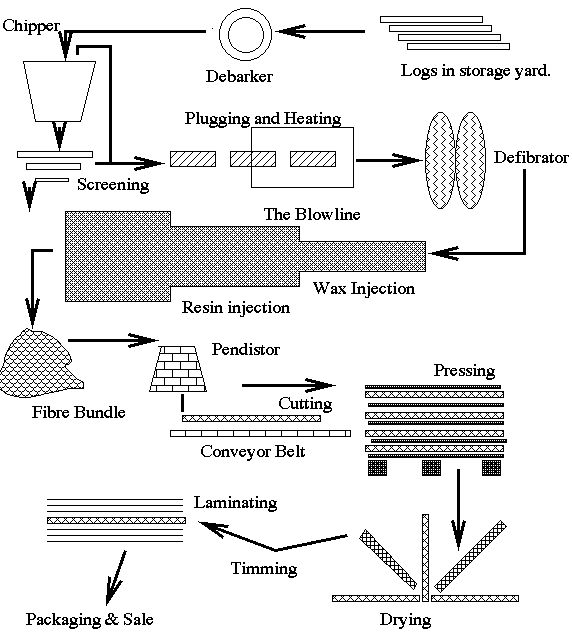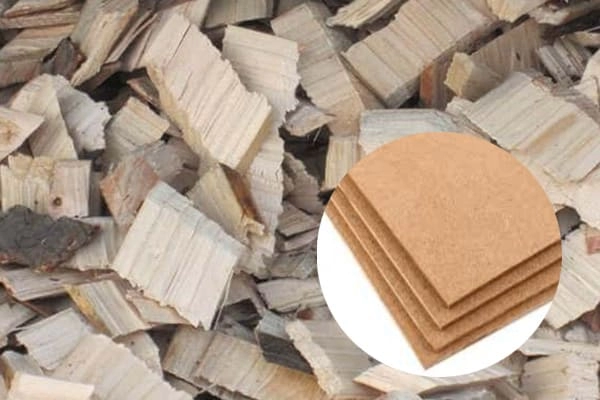Medium-density fibreboard, commonly known as MDF, is an engineered wood product used widely in construction and furniture making. It’s often mistaken for other wood-based materials like plywood or particleboard, but MDF stands out due to its density, smooth surface, and versatility.
What is MDF?
MDF is made by breaking down hardwood or softwood residuals into wood fibers, combining them with wax and a resin binder, and forming panels through high temperature and pressure. The result is a product that is generally denser and stronger than plywood, making it suitable for a wide range of applications, including decorative products and home furniture. MDF typically consists of 82% wood fiber, 9% urea-formaldehyde resin glue, 8% water, and 1% paraffin wax.
Misconceptions About MDF
MDF is often confused with plywood and fibreboard. However, MDF is a unique material characterized by its composition and density. The density of MDF panels can range between 500 kg/m³ and 1,000 kg/m³, with classifications such as light, standard, or high-density boards. Understanding the density about the type of wood fiber used is crucial, as a panel’s density can vary significantly based on whether it’s made from softwood or hardwood fibers.
The MDF Production Process
The creation of MDF involves several stages, each critical to producing a high-quality board:
- Material Preparation: The process begins by breaking down both hardwood and softwood into wood fibers. Any magnetic impurities are removed using a large magnet, and the materials are separated by size.
- Fiber Production: The raw materials are compressed to remove water before being fed into a refiner, which shreds them into small pieces. Resin is added to bond the fibers, and the mixture is dried in a gas- or oil-heated dryer. The fibers are then processed individually in a dry method, with a defibrillator used to separate them further.
- Blowline Process: The pulp from the defibrator enters a blowline, where wax and urea-formaldehyde resin are injected to improve moisture resistance and bonding. This mixture is dried quickly, resulting in a fine, fluffy fiber.
- Sheet Forming: The dry fiber is distributed evenly into a mat, pre-compressed, and then pressed under high temperature. This pressing cycle involves multiple stages to ensure the board’s strength and density.
- Final Processing: After pressing, the MDF is cooled, trimmed, sanded, and possibly laminated for added strength.

MDF has revolutionized the wood industry by providing a versatile, strong, and reliable material for various applications. Understanding its composition and production process highlights its advantages over traditional wood products, making it a preferred choice for many builders and manufacturers.
Post time: 08-13-2024












